
A normal school or normal college is an institution created to train teachers by educating them in the norms of pedagogy and curriculum. Many such schools have since been called teacher training colleges or teachers' colleges, but in Mexico, continue to be called normal schools, with student-teachers being known as normalistas. Many schools require a high school diploma for entry, and may be part of a comprehensive university. Normal schools in the United States, Canada, and Argentina trained teachers for primary schools, while in Europe, the equivalent colleges typically educated teachers for primary schools and later extended their curricula to also cover secondary schools.

Southern Connecticut State University is a public university in New Haven, Connecticut. Part of the Connecticut State University System, it was founded in 1893 and is governed by the Connecticut Board of Regents for Higher Education.
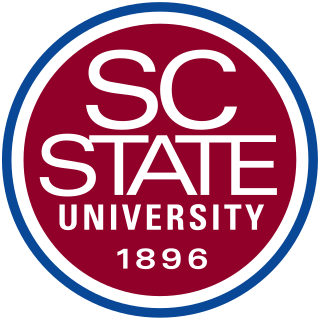
South Carolina State University is a public, historically black, land-grant university in Orangeburg, South Carolina. It is the only public, historically black land-grant institution in South Carolina, is a member-school of the Thurgood Marshall College Fund, and is accredited by the Southern Association of Colleges and Schools (SACS).

The Medical University of South Carolina (MUSC) is a public medical school in Charleston, South Carolina. It opened in 1824 as a small private college aimed at training physicians and has since established hospitals and medical facilities across the state. It is one of the oldest continually operating schools of medicine in the United States and the oldest in the Deep South.

Teachers College, Columbia University (TC) is the graduate school of education of Columbia University, a private research university in New York City. Founded in 1887, Teachers College has served as one of the official Faculties and the Department of Education of Columbia University since 1898. It is the oldest and largest graduate school of education in the United States.
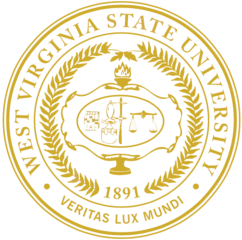
West Virginia State University (WVSU) is a public historically black, land-grant university in Institute, West Virginia. Founded in 1891 as the West Virginia Colored Institute, it is one of the original 19 land-grant colleges and universities established by the second Morrill Act of 1890, which evolved as a diverse and inclusive campus. Following desegregation, WVSU's student population slowly became more white than black. As of 2017, WVSU's student body was 75% white and only 8% African-American.

Claflin University is a private historically black university in Orangeburg, South Carolina. Founded in 1869 after the American Civil War by northern missionaries for the education of freedmen and their children, it offers bachelor's and master's degrees.
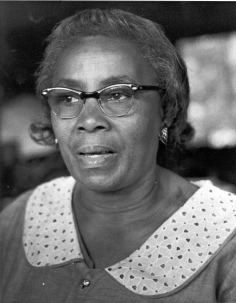
Septima Poinsette Clark was an African American educator and civil rights activist. Clark developed the literacy and citizenship workshops that played an important role in the drive for voting rights and civil rights for African Americans in the Civil Rights Movement. Septima Clark's work was commonly under-appreciated by Southern male activists. She became known as the "Queen Mother" or "Grandmother" of the Civil Rights Movement in the United States. Martin Luther King Jr. commonly referred to Clark as "The Mother of the Movement". Clark's argument for her position in the Civil Rights Movement was one that claimed "knowledge could empower marginalized groups in ways that formal legal equality couldn't."

William J. Simmons was an American Baptist pastor, educator, author, and activist. He was formerly enslaved person, who became the second president of Simmons College of Kentucky (1880–1890), for whom the school was later named.
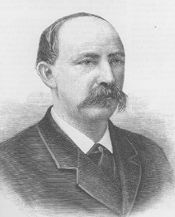
Samuel Dibble was a lawyer, educator and Confederate Civil War veteran who served several terms as U.S. Representative from South Carolina during the 1880s.

This history of the University of South Carolina began in the 18th century when intersectional differences arose between the Lowcountry and the Upstate. It was conceived that a state supported college located in the center of the state at Columbia, South Carolina, would foster friendships between those of both regions thus allowing the state to present a united front to the nation when threatened with issues jeopardizing the South Carolina way of life. The University of South Carolina's history can be described in four distinct phases: a firebrand college (1801–1862), constant reorganization (1865–1891), college to university (1891–1944) and the state's university (1944–present).
Education in South Carolina covers the history and current status of education at all levels, public and private, and related policies.
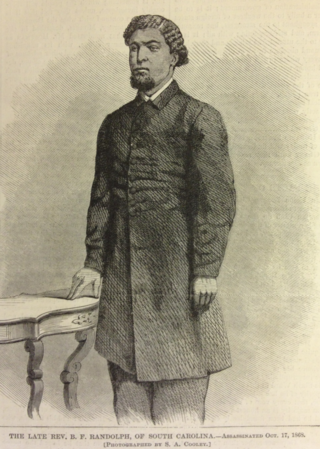
Benjamin Franklin Randolph was an American educator, spiritual advisor, newspaper editor who served as a South Carolina state senator during the Reconstruction Era. Randolph was selected to be one of the first African American Electors in the United States at the 1868 Republican National Convention for the Ulysses Grant Republican presidential ticket. Randolph also served as the chair of the state Republican Party Central Committee. He was a delegate to the 1868 South Carolina Constitutional Convention, where he played an important role in establishing the first universal public education system in the state, and in granting for the first time the right to vote to black men and non-property owning European-American men. On October 16, 1868, Randolph was assassinated by members of the Ku Klux Klan.
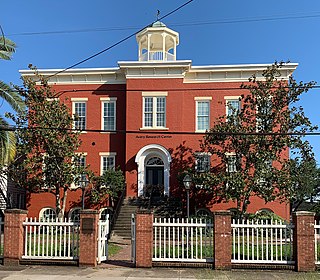
The Avery Research Center for African American History and Culture is a division of the College of Charleston library system. The center is located on the site of the former Avery Normal Institute in the Harleston village district at 125 Bull Street in Charleston, South Carolina. This historic secondary school trained Black students for professional careers and leadership roles, and served as a hub for Charleston’s African-American community from 1865 to 1954.
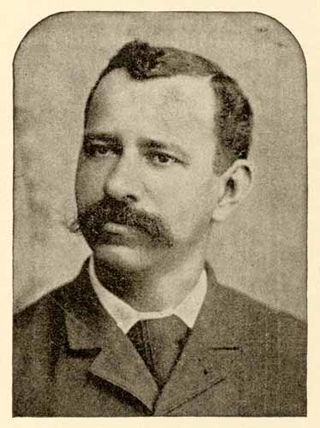
Charles L. Purce was an educator in Louisville, Kentucky, and Selma, Alabama. He was a leader in the Baptist church and president of Selma University and Simmons College of Kentucky, both Baptist institutions.
Dixie Lee Bryant (1862–1949) was a geologist and educator.

John Warren Davis was an American educator, college administrator, and civil rights leader. He was the fifth and longest-serving president of West Virginia State University in Institute, West Virginia, a position he held from 1919 to 1953. Born in Milledgeville, Georgia, Davis relocated to Atlanta in 1903 to attend high school at Atlanta Baptist College. He worked his way through high school and college at Morehouse and graduated with a Bachelor of Arts degree in 1911. At Morehouse, Davis formed associations with John Hope, Mordecai Wyatt Johnson, Samuel Archer, Benjamin Griffith Brawley, Booker T. Washington, and W. E. B. Du Bois. He completed graduate studies in chemistry and physics at the University of Chicago from 1911 to 1913 and served on the faculty of Morehouse as the registrar and as a professor in chemistry and physics. While in Atlanta, Davis helped to found one of the city's first chapters of the National Association for the Advancement of Colored People (NAACP).
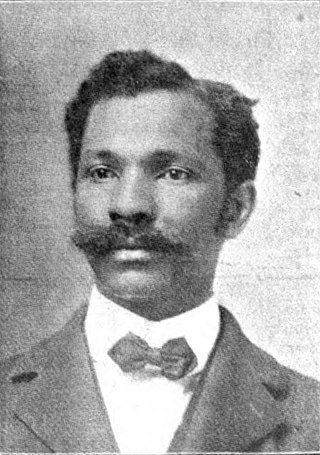
James Munroe Canty was an American educator, school administrator, and businessperson. Canty was an acting principal of the West Virginia Colored Institute in 1898 and is considered by West Virginia State as an acting president. Canty also served as the superintendent of Mechanical Industries for West Virginia Colored Institute from 1893 through 1914.

Marion B. Wilkinson was an African American suffragist, community activist, and first president of the South Carolina Federation of Colored Women's Clubs.

















